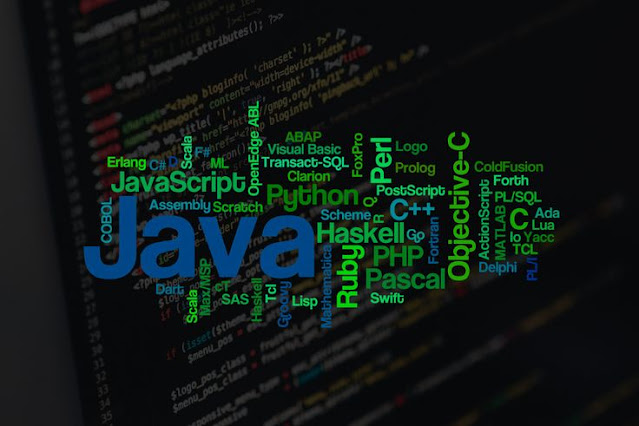Reference Counting vs Tracing: Types of Garbage Collection

Memory management is a crucial aspect of software development. While developers often write the code that creates and uses data structures, the actual cleanup of unused memory is typically handled behind the scenes by garbage collection mechanisms . Two of the most common types of garbage collection techniques are Reference Counting and Tracing . In this post, we’ll explore how these two techniques work, compare their strengths and weaknesses, and explain how they relate to Garbage Collection in Data Structure implementations across various programming languages. What Is Garbage Collection? Before diving into the types, it’s important to understand what garbage collection is: the process of automatically identifying and reclaiming memory that is no longer in use by a program. Without garbage collection, developers would have to manually free memory—an error-prone and difficult task that can lead to memory leaks or dangling pointers . Garbage collection solves this by auto...



.png)

